[nextpage title=”Introduction”]
We know that floppy disks are being replaced by USB memories and memory cards, but after disassembling a hard disk drive and an optical disk drive, we couldn’t help ourselves from publishing a tutorial showing how a floppy disk drive looks like from inside.
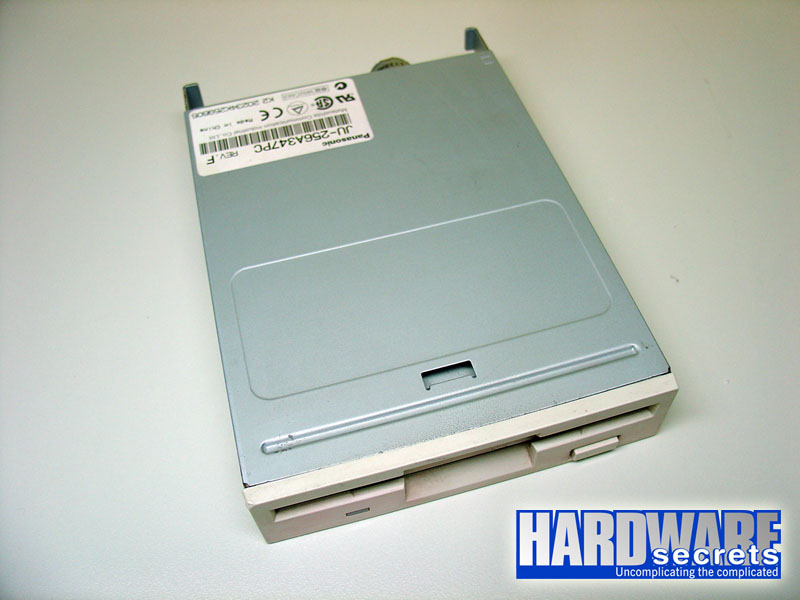 Figure 1: 1.44 MB floppy disk drive.
Figure 1: 1.44 MB floppy disk drive.
On PC floppy disk drives had five generations: 360 KB (5 ¼”), 1.2 MB (5 ¼”), 720 KB (3 ½”), 1.44 MB (3 ½”) and 2.88 MB (3 ½”). In this tutorial we will disassemble the most used model, which is the one available even today: the 1.44 MB 3 ½” model.
Floppy disk drives became so cheap that it is not worthwhile fixing one when it becomes defective: just throw it away and buy a new one. So, even though it is possible to fix a floppy disk drive, it simple makes no sense.
In Figure 2, you can see the back view of a floppy disk drive: it has only two connectors, one for power and the other for its communication with the computer, which uses a 34-wire flat-cable.
 Figure 2: 1.44 MB floppy disk drive, back view.
Figure 2: 1.44 MB floppy disk drive, back view.
[nextpage title=”Inside a Floppy Disk Drive”]
In Figure 3, you can see the main floppy disk drive components.
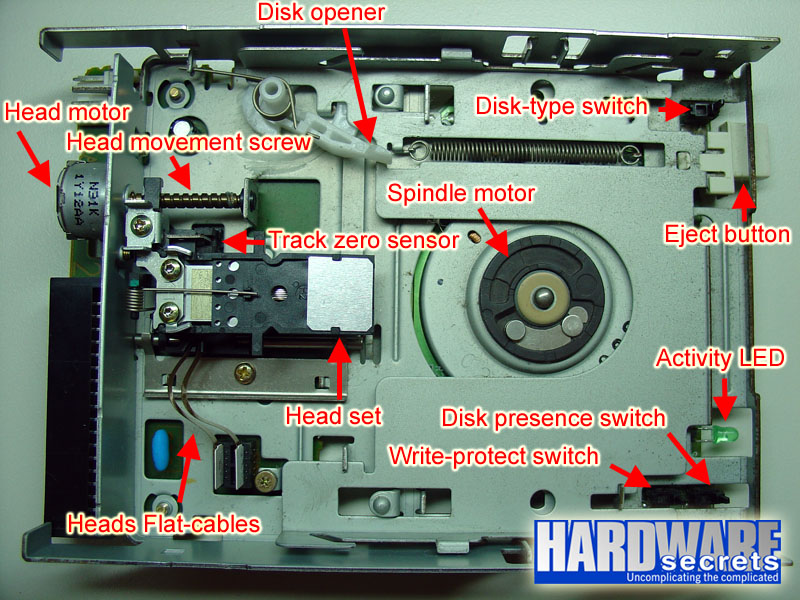 Figure 3: Main floppy disk drive components.
Figure 3: Main floppy disk drive components.
The floppy disk drive has four sensors:
- Disk Type: 1.44 MB floppy disks have an extra hole over 720 KB disks, so the drive can “feel” if the disk is a 720 KB or a 1.44 MB floppy.
- Disk Presence: This sensor is used for the drive to know if there is a floppy disk inside it or not.
- Write-protect: To enable or disable writing data to the disk, depending if you closed or opened the write-protect hole on the floppy disk.
- Track zero: When the head set triggers this sensor it means that it reached track zero, which is the first track on the disk.
It is very interesting to note that the motor that moves the heads is an open loop system – contrary to hard disk drives, which use a closed loop system –, i.e., it doesn’t know if it positioned the heads on the right location! When the floppy disk drive is first accessed, the heads are retracted down to track zero, so the controller (located on the motherboard, not the one inside the drive) knows that the heads are in the correct place. When the controller wants to move the heads to track 40, for example, it sends 40 commands “move 1 track ahead” to the drive and keep the record that the heads are positioned over track 40 inside its internal register. So who keeps track where the heads are located is the controller on the motherboard, not the floppy disk drive.
The motor used to move the heads is a step motor. A step motor is a motor that rotates a fixed angle, so when it is connected to power, it will only move a little bit. In the case of a floppy disk drive, this angle (or “little bit”) corresponds to the distance between each track of the floppy disk. So, giving a power pulse on this motor will make it jump ahead or back one track.
Floppy disk drives have two motors, one for moving the heads (the step motor) and another one for rotating the disk at a fixed speed (spindle motor, which is a servo motor). On a floppy disk drive the spindle motor rotates at 360 rpm, far slower than a hard disk drive. That’s why floppy disks are far slower than hard disks and also why floppy disk drives don’t need to be a sealed system like hard disk drives: a particle of dust on a floppy disk won’t do anything to its surface, due to its very low rotating speed.
In Figure 4, you can see the back view of the floppy disk drive.
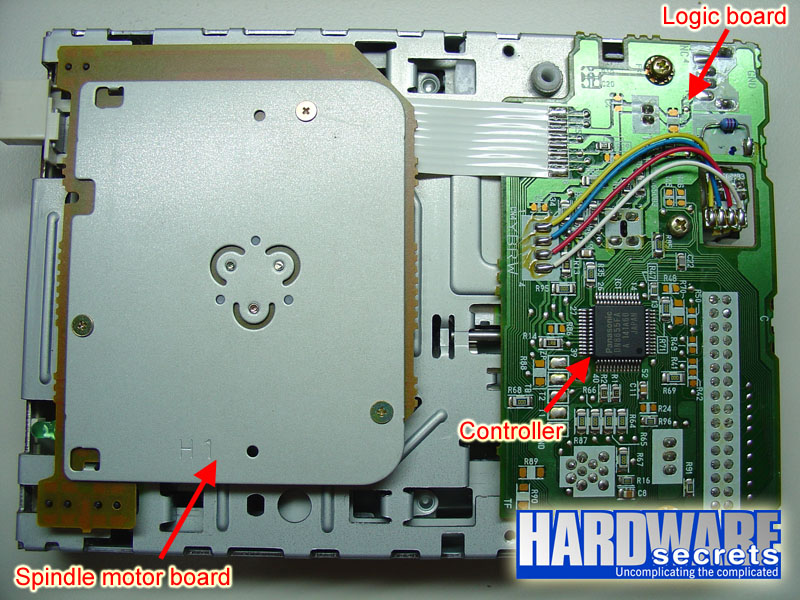 Figure 4: Inside a floppy disk drive, back view.
Figure 4: Inside a floppy disk drive, back view.
[nextpage title=”Logic Boards”]
In Figure 5, you can see the two printed circuit boards that exist inside the floppy disk drive. One is the logic board, which holds the drive’s controller. The other is the spindle motor board, which holds the spindle motor and its servo controller.
The spindle motor uses a sensor for checking if it is rotating or not and also to check its speed. The servo controller will keep the motor spinning on its correct speed thanks to this sensor. So, this motor is a closed loop system, i.e., it has a sensor that feeds the controller in order to perform any speed adjustments that may be necessary to keep it rotating at its correct speed.
 Figure 6: Spindle motor speed sensor.
Figure 6: Spindle motor speed sensor.
[nextpage title=”Heads”]
Let’s now take a look at the heads. The floppy disk drive has two heads, one for each side of the floppy disk. They are stuck together in a set, so they both move together.
 Figure 8: A closer look at the heads.
Figure 8: A closer look at the heads.
We removed one of the heads, as you can see in Figure 9.
 Figure 9: A floppy disk drive head.
Figure 9: A floppy disk drive head.
[nextpage title=”Inside The Head”]
We disassembled this head. As you can see on Figures 10 and 11, it has two coils inside. These coils are in charge of generating the necessary electromagnetic field for erasing or writing data on the disk and also in charge of capturing the magnetic field generated by the floppy and transforming it into electrical current when data is being read from the floppy.
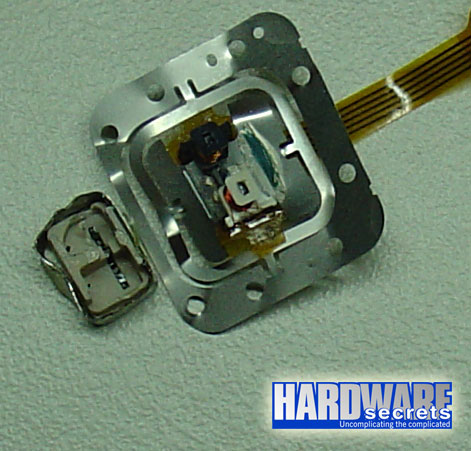 Figure 10: Floppy disk drive head disassembled.
Figure 10: Floppy disk drive head disassembled.
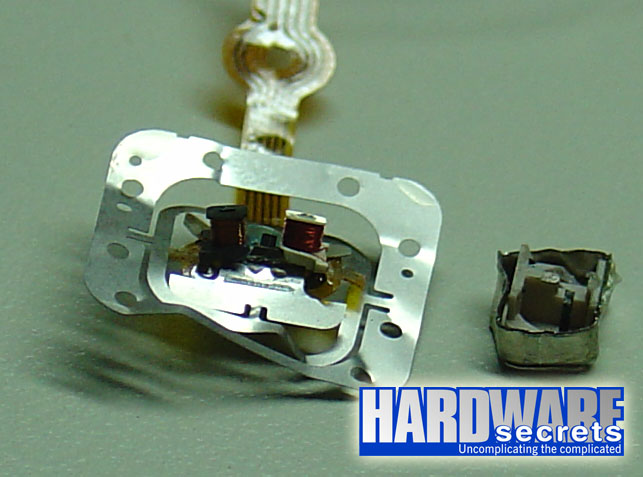 Figure 11: Floppy disk drive head disassembled, viewed from another angle.
Figure 11: Floppy disk drive head disassembled, viewed from another angle.



Leave a Reply